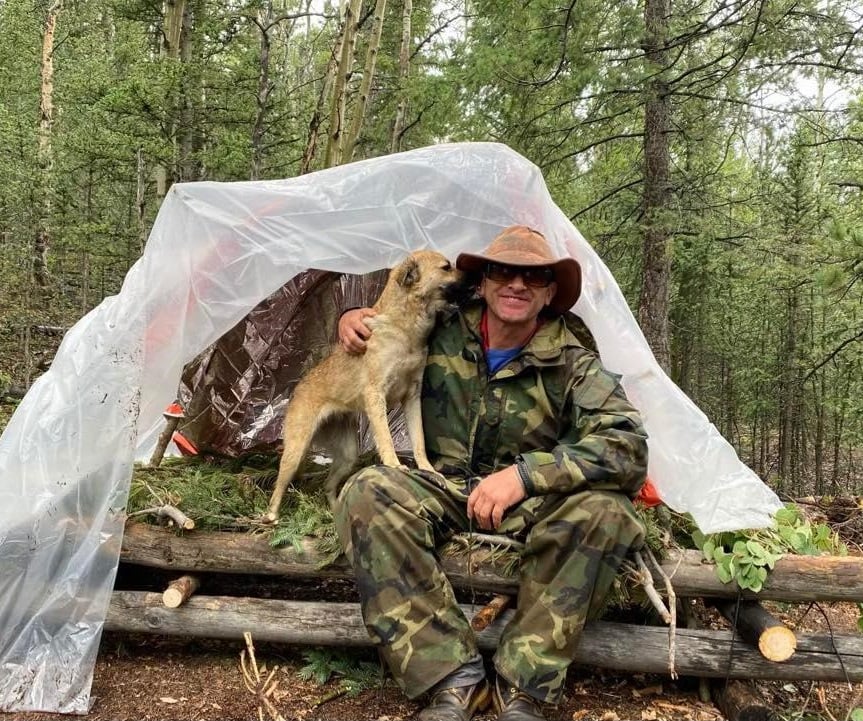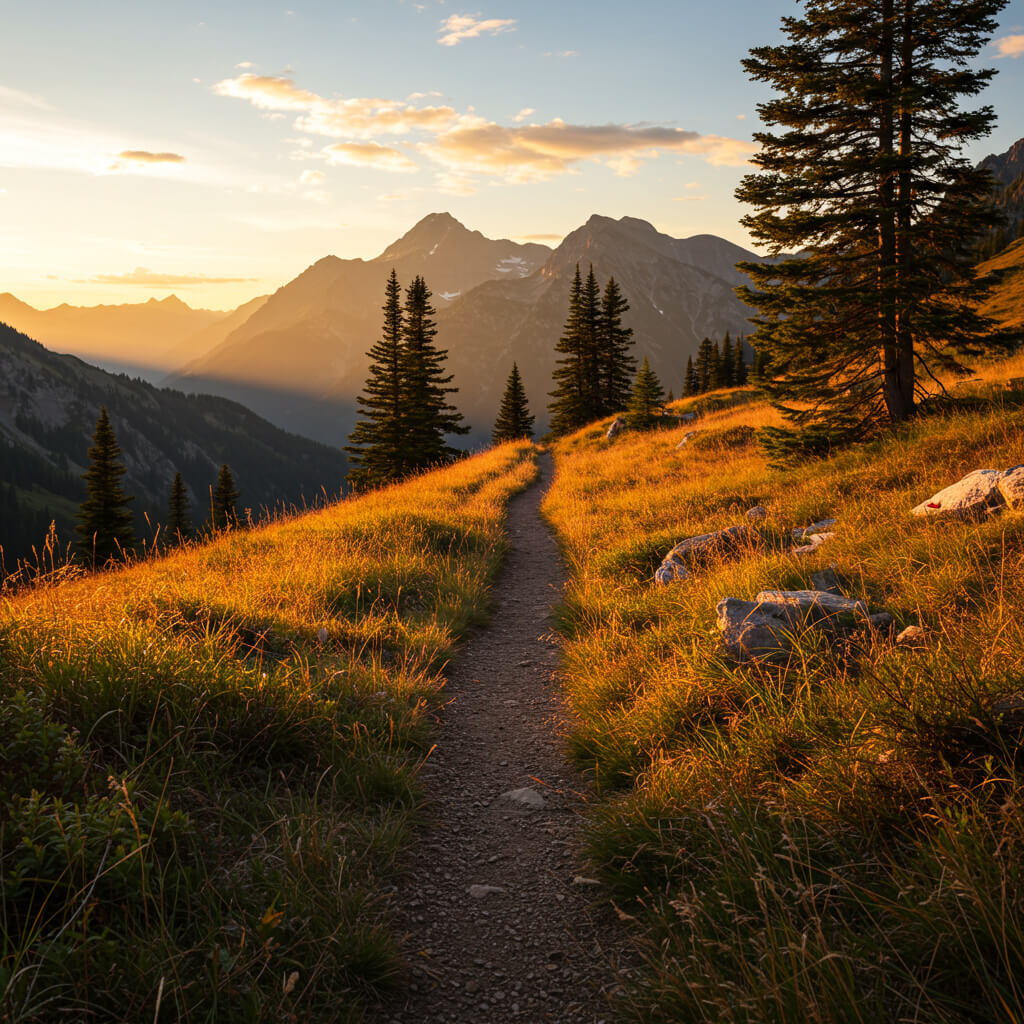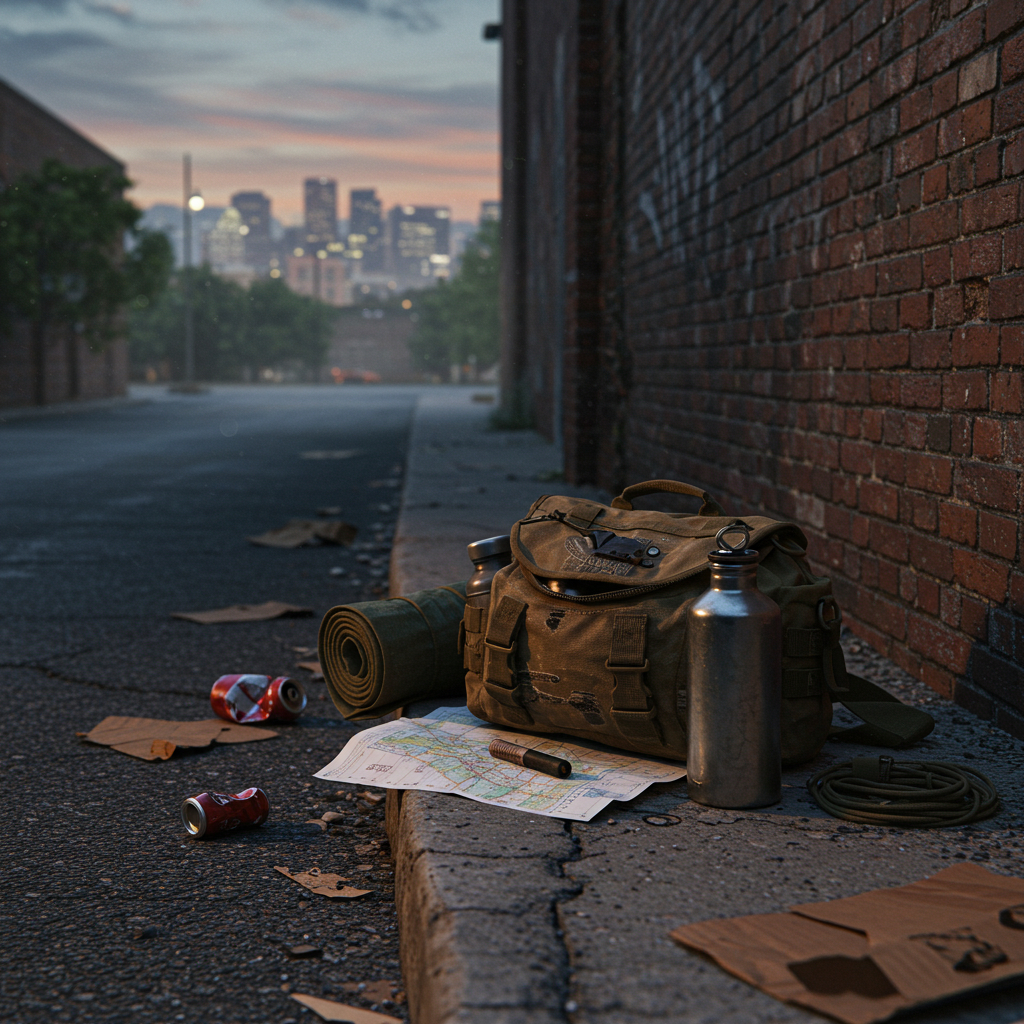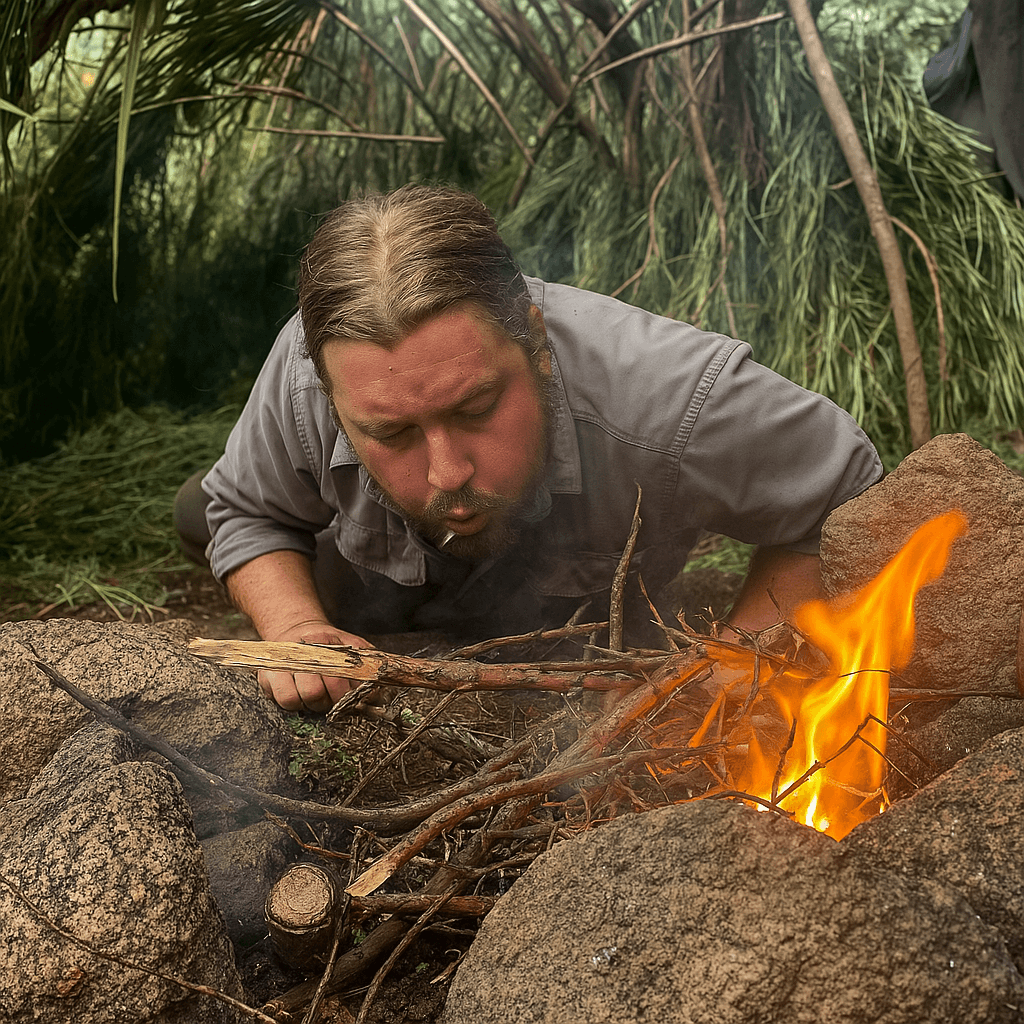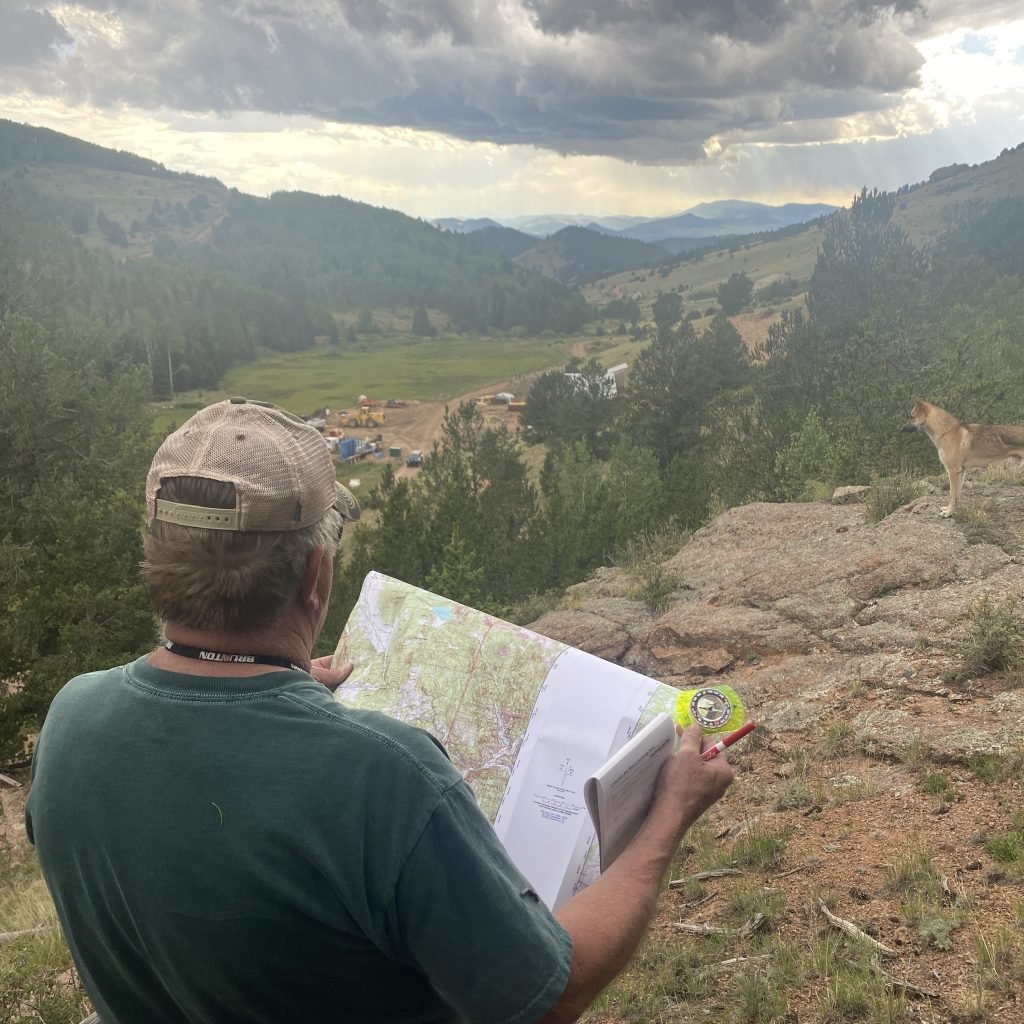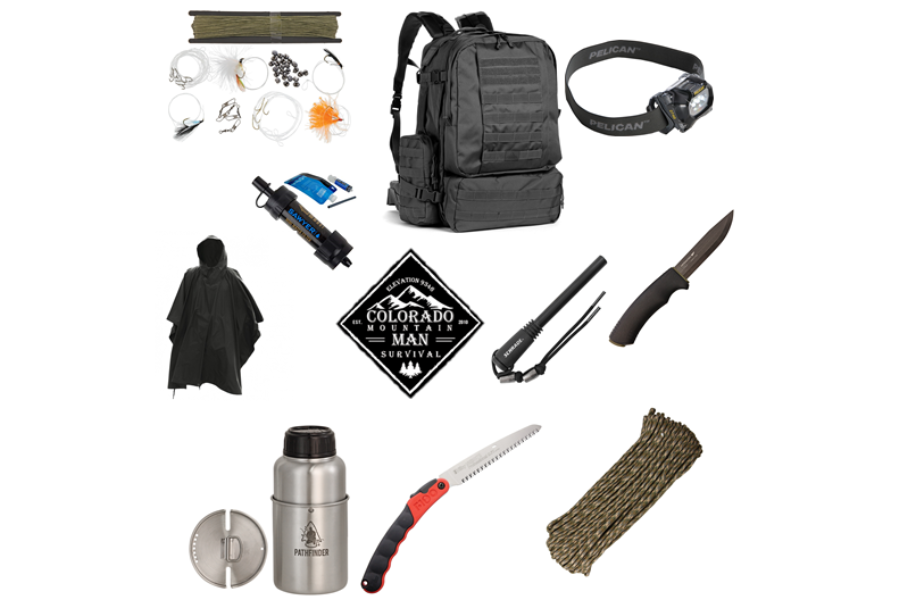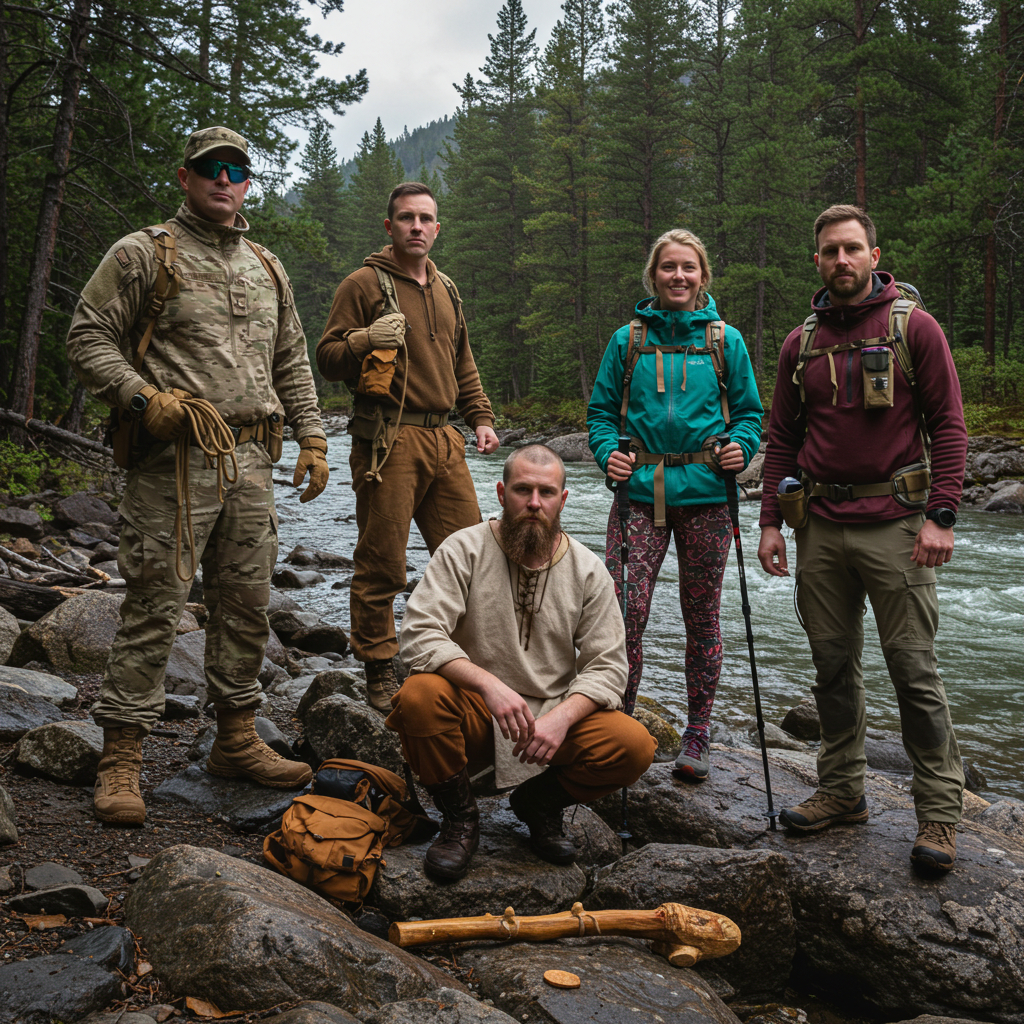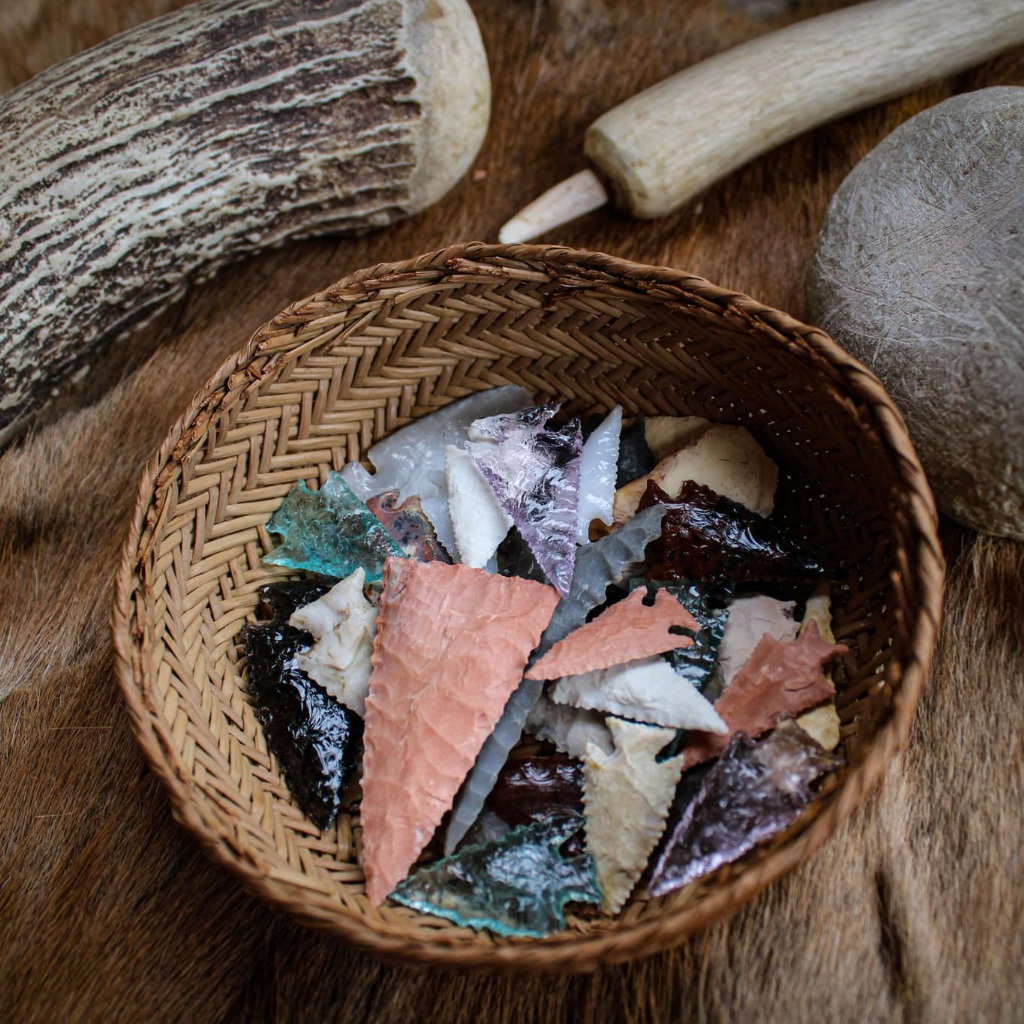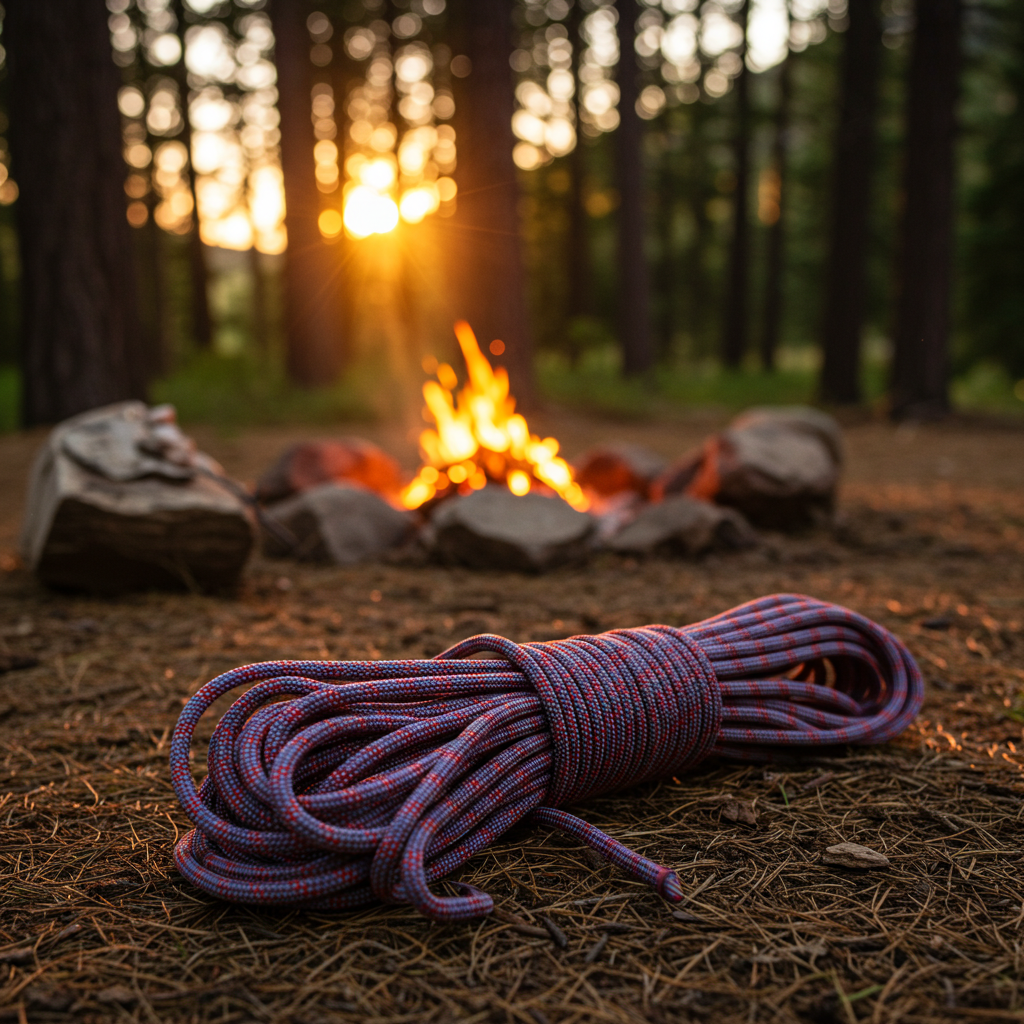Cart
18 min read
Survival Myths That Could Get You Killed
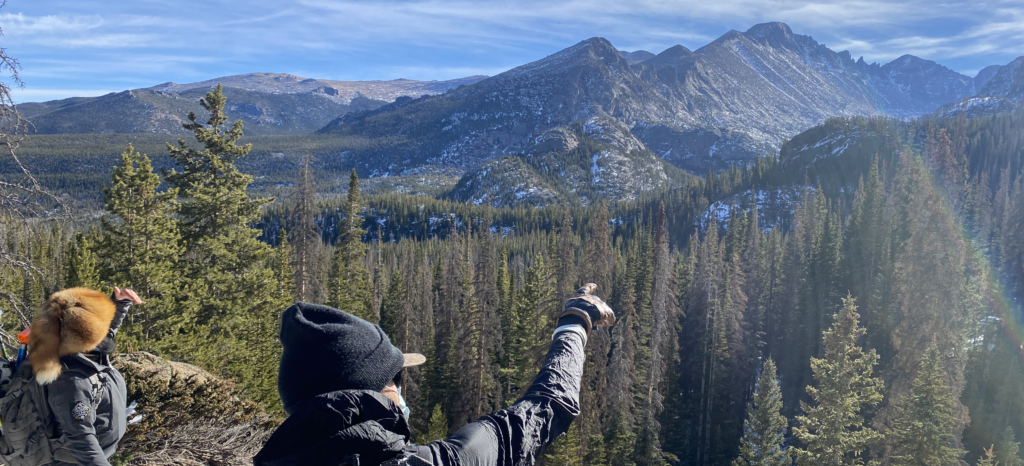
Is all the information we pack into the backwoods as helpful as we think?
Colorado is one of the most adventurous states in America. No matter what direction you go in this amazing state you will find adventure: skiing, mountain biking, hunting, rafting, exercise, rock climbing, panning for gold and on and on the list goes. People come from all over the world to visit. In a state so filled with outdoor adventurers there is likely an interest in survival TV shows, preparedness, books on the outdoors and outdoor classes like the ones we teach on location at The Survival University and in your own yard with Ready Set Adventure Box, but is all the information we pack into the backwoods as helpful as we think? There are a lot of survival myths or myths about lifesaving techniques that are completely false and potentially life threatening.
My business partners and I are avid believers in the concept of the more you know the less you carry and the more you can handle, but let’s make sure we are packing our knowledge bag with the right stuff. The following are 10 common survival myths that may lead you into trouble if you are not careful.
MYTH 1 – BOILING MAKES ANY WATER SAFE TO DRINK
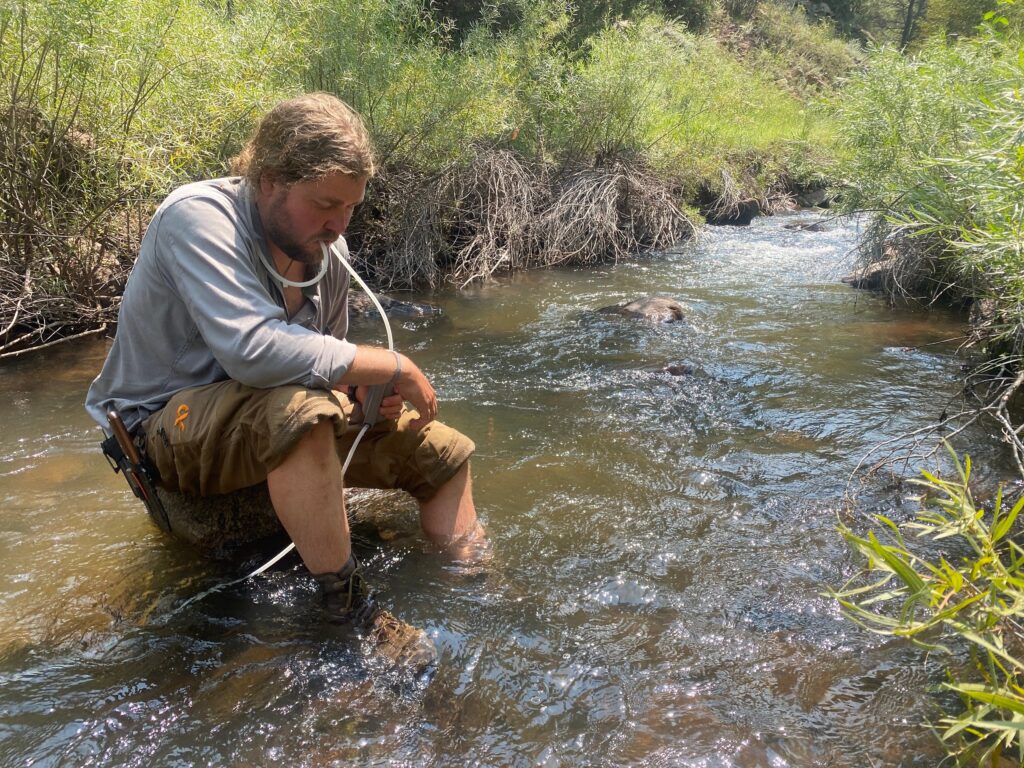
Many books and classes advocate boiling alone as the be all end all in clean water procurement. It is true that boiling water is one of the best actions to take with suspect water, but it has limitations too. Boiling will kill viruses, bacteria, and other microorganisms that can harm your body, but no matter how long you boil the water it will not remove chemicals, heavy metals, or harmful sediments that may be in the water.
This is a big deal in Colorado because farming and mining are such a huge part of our state’s history, both of which can cause harmful chemicals, heavy metals, and other dangerous sediments to get into the water supply. It is best practice to filter before boiling to remove sediment from the water. Getting rid of chemicals is above the ability of the gear carried by most of us on short treks, so avoidance is key. You may have heard of boiling water and collecting steam to remove chemicals, a process called distilling.
Depending on the boiling point of the specific chemical this could help or it could actually give you a stronger dose. In a regular distillery they are constantly checking temperature to make sure they are cutting out the correct stuff. A better practice with suspect water is to take the time to go up river as far as you can and pay attention to what might be running into the water, then filter and boil.
What about Iodine and bleach?
While talking about water myths, let’s address iodine and bleach as well. The current CDC guidelines state that neither bleach nor iodine is effective in killing cryptosporidium, whereas filtering and boiling demonstrates high effectiveness in removing not only cryptosporidium, but viruses, Giardia, and almost all other biological threats found in water.
Are those survival hacks for water for real?
As far as the charcoal water bottle hack we so often see online, well it is better than nothing for sure, but there are several peer reviewed articles showing that without a vacuum seal this method is not viable on most microorganisms and viruses. Would I do it? Sure, then I would boil. Do I teach it, absolutely, but we go into detail on how to make it most effective and what steps before and after the improvised filter should be used. It is common to see this method in third world countries, followed by a nifty improvised UV treatment, swing by and I will show you. You can use that exact same water bottle to rock boil and be much safer than making just an improvised filter.
MYTH 2 – IF YOU GET LOST JUST BUILD A PRIMITIVE SHELTER
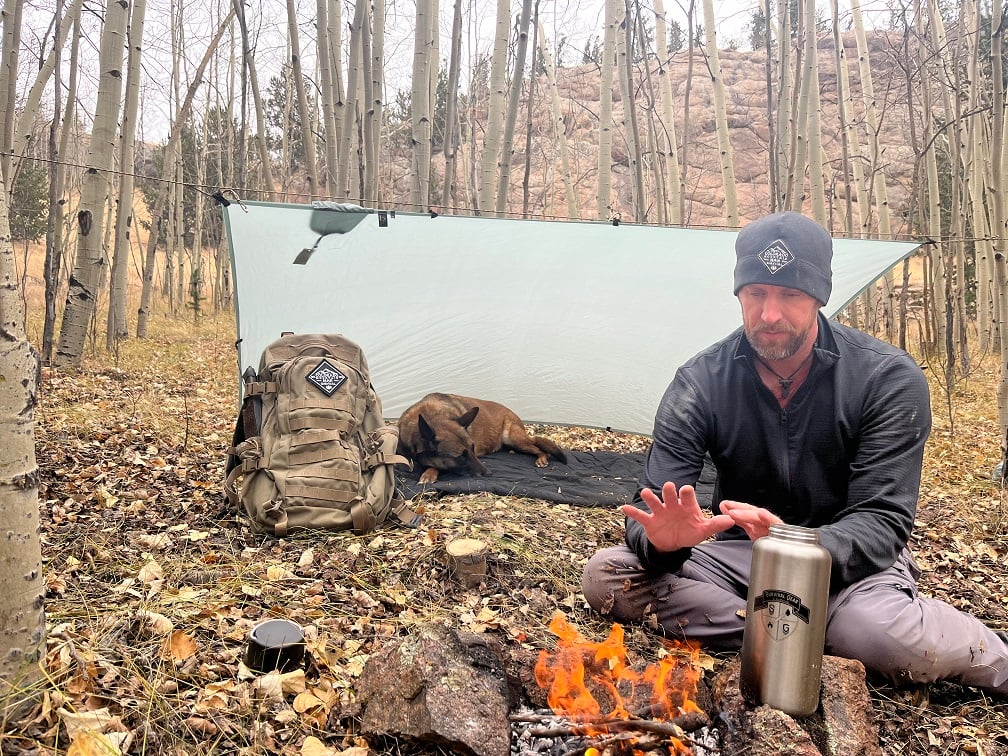
There are few things as romantic as the look of a primitive shelter or spending the night outdoors with next to nothing. The idea of a lean-to and fire just touches our imaginations in the perfect way. Outdoor companies love to use primitive shelters in their advertising because they are proven to grab people’s attention. However, building a primitive shelter is harder, and burns more calories than most people realize. On top of that, you are better off focusing all that energy on building some type of bed in a naturally sheltered area in order to prevent heat loss due to conduction. Conduction is when heat moves from a warm object to a lower temperature object due to the two objects being in direct contact with each other. In practice, your heat will move from your body into the earth until you are drained of heat.
Is a roof or a bed better?
Any true survival shelter needs to prevent conduction. A roof over your head is nice, but a basic roof and a detailed bed is what you are after. Trees can protect you from wind and rain, but only insulation will protect you from conduction. Build a bed out of sticks, grass, newspaper, leaves, scrunched up newspaper or any other debris you can find. In our basic classes we teach people how to build practical shelters with easy to carry things like trash bags, ponchos, tarps, coats, and branches.
If you focus on a roof and skimp on the bed, you will continue to lose heat all night long. Even with a fire or sleeping bag. This is why even the best sleeping bags recommends sleeping pads in order to reach their degree ratings for comfort. I sleep in several primitive shelters throughout the year, here is my first book on sleeping in snow shelters. All I really want you to know is they take longer than you think. Focus on the bed, and practice with someone who really understands the concepts before you take off alone. Make sure you carry a backup shelter plan just in case the shelter you are building needs improvements.
MYTH 3 – MOSS ALWAYS GROWS ON THE NORTH SIDE OF TREES.
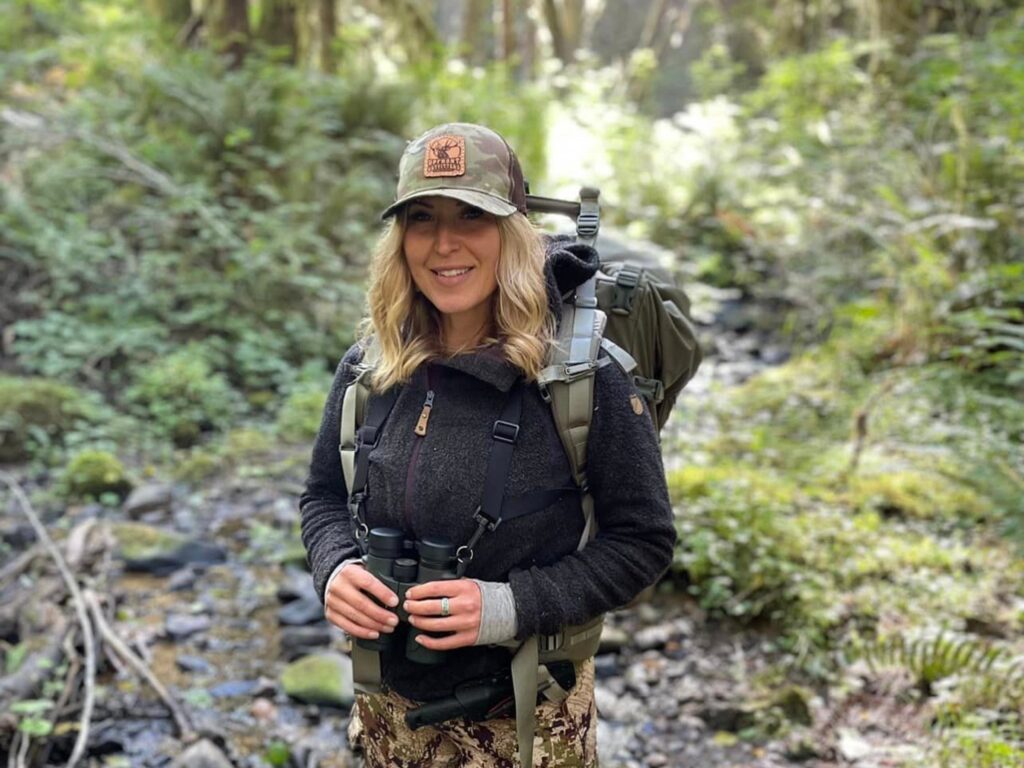
Every navigation class I have ever taught has a component of primitive navigation, and this myth always comes up. It is true that moss prefers less sunlight and damp conditions. These conditions are often found on the north side of trees and other structures. However, in heavy forests, where you most likely need a compass due to visibility, trees can be shaded from any direction.
Therefore moss will grow on any side of a tree not in direct sunlight. I have had the privilege of teaching primitive navigation in the USMC and at different survival schools around America. I carry a compass you should too. If nothing else it can ensure you are walking in a straight line and not slowly creating a big circle. One person I learned to navigate from literally designed and invented what is called the P.A.U.L. system and S.O.C.K.N.A.V. Both systems are used by military special forces and pilots around the world. He carries two compasses and only uses moss to gather water or wipe his bottom; different pieces hopefully.
MYTH 4 – YOU CAN DRINK WATER STORED INSIDE A CACTUS
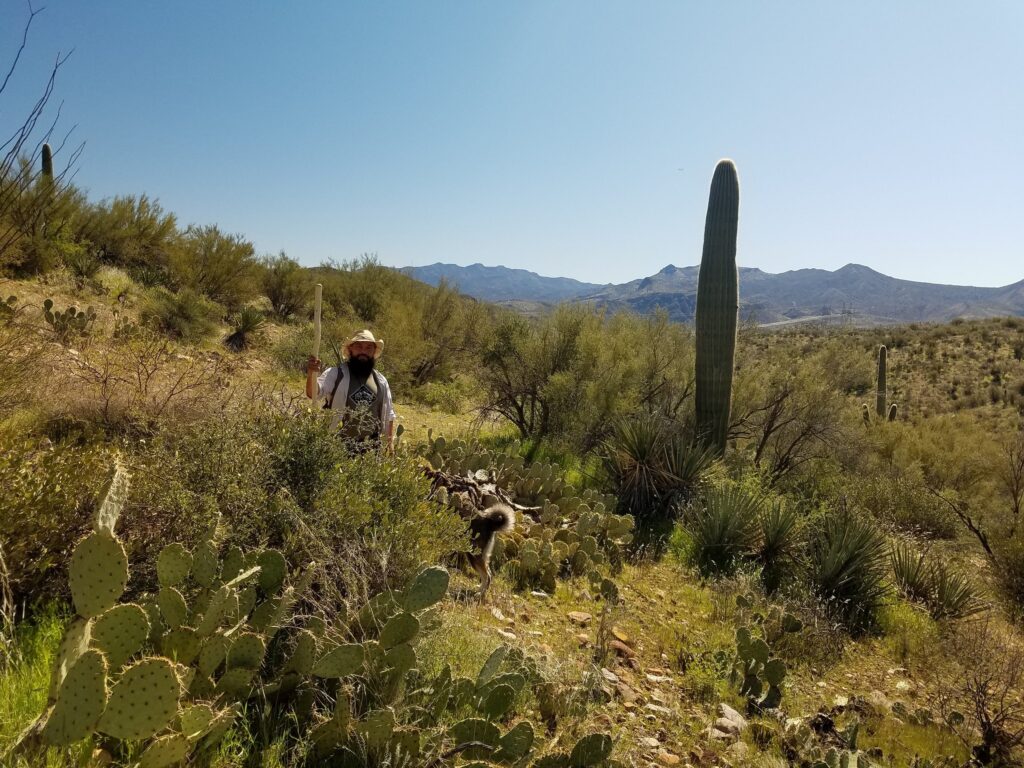
Sometimes this is true, but only if you know a great deal about cacti. Most of the time drinking cactus water will result in more harm than good. The water in some cacti has toxins and alkaloids in it that your body will have to use more water to process than you will get from the cactus water. Many cacti also have toxins in them that can lead to vomiting and diarrhea. Neither of which are ever good, but even worse if you are already short on water. We teach several desert specific techniques and other ways to find, treat, and even produce drinkable water. In certain places we teach about the cactus, but you had darn sure better spend some quality time on identification of the proper cacti.
MYTH 5 – RUBBING YOUR HANDS TOGETHER KEEPS YOU WARM AND PREVENTS FROSTBITE.
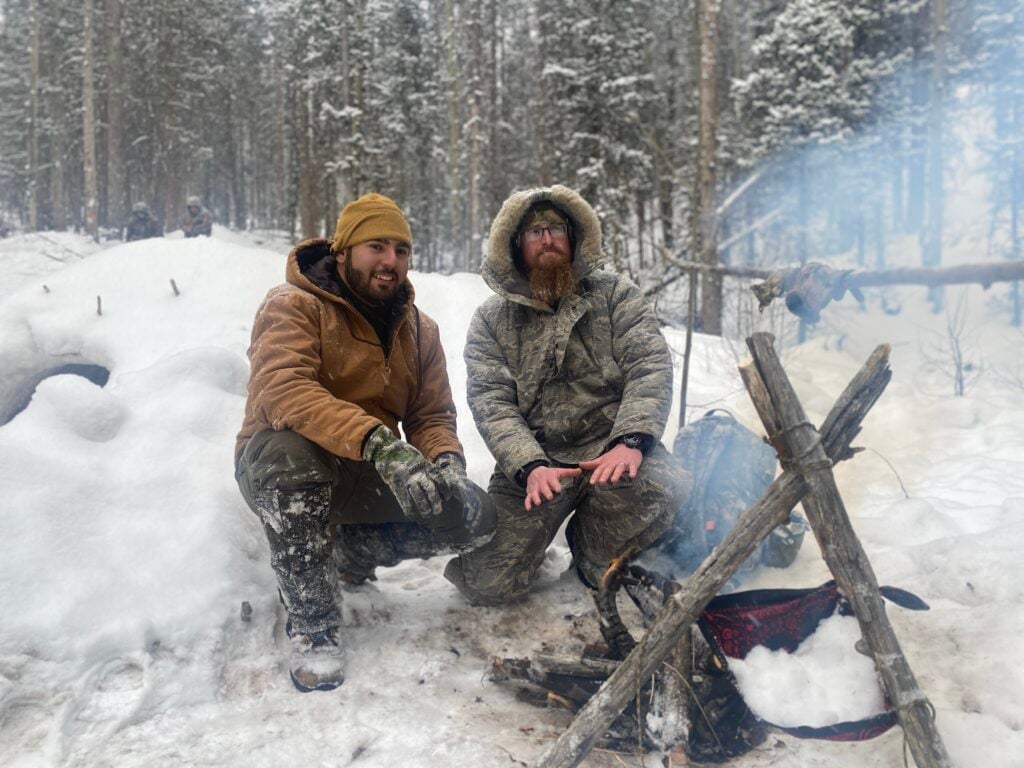
This is extremely important when dealing with frostbite. Rubbing frostbitten skin is often recommended, but in truth it makes the problem worse. The friction generated from vigorous rubbing of the skin actually severely damages any skin affected by frostbite. Do not try to warm the area up with fire either. You have likely lost feeling in your hands and can severely burn and damage your flesh before you realize it. You need to get into shelter and out of the elements. Get some layers on, and drink something warm to restore internal temperature.
We stress the skills of 5 minute shelter, fire, and water boil in our Weekend Adventurers class. These skills may not be survival TV sexy, but they can save your life and help you have a safer time in the backcountry. In advanced winter training above the arctic line, massaging the feet slowly, after warming them in your partner’s arm pits is the preferred method.
MYTH 6 – PLAY DEAD TO DEAL WITH BEAR ATTACKS
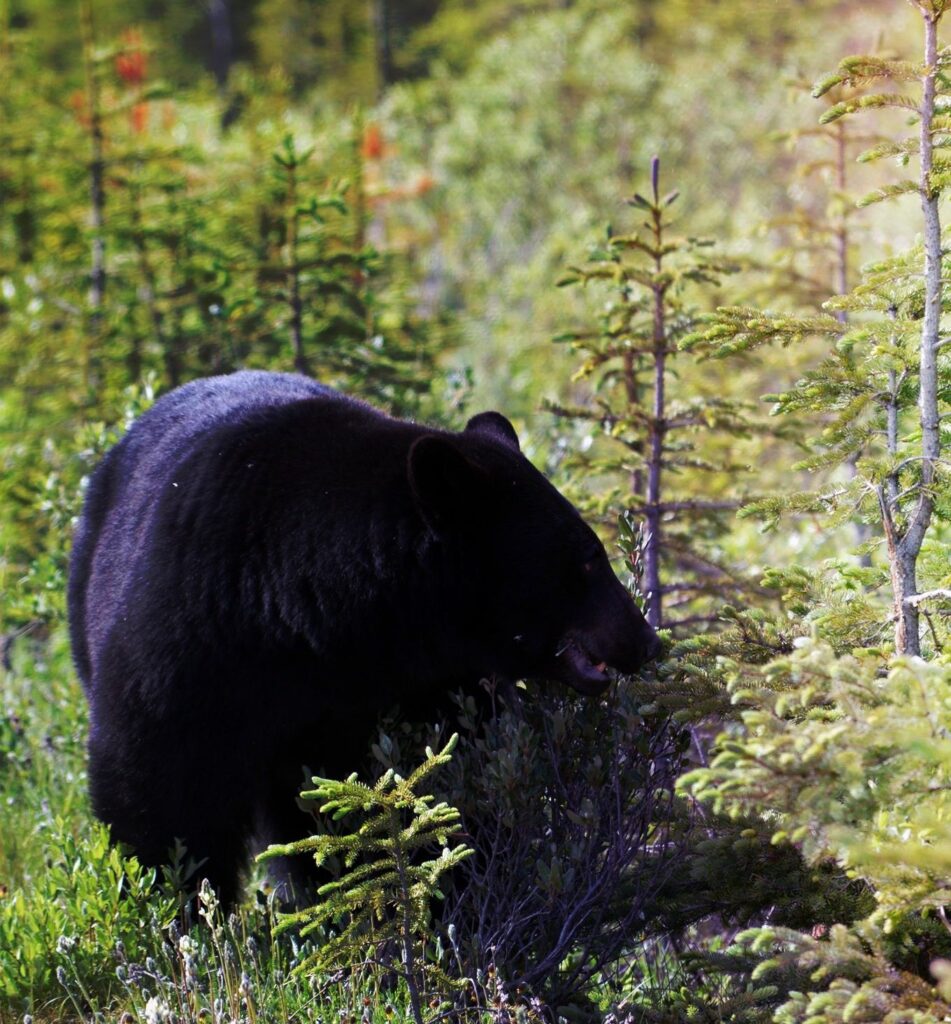
This might help or it might get you killed, depending on the type of bear. Experts recommend this method with brown/grizzly bears, but it is not recommended with black bears. What type of bear is most prevalent in Colorado? That’s right, dear reader, black bears! State wildlife agencies recommend packing bear spray if hiking Colorado trails. If you do not have spray and you come across a black bear that attacks, fight back.
Black Bears
Most black bear charges are a bluff, what experts call a false charge. Typically the black bear will not engage with something that can fight back. Use anything and everything as a weapon: rocks, pans, sticks, bags, whatever you have. Do not run! Bears have a high prey drive and can run faster than most Olympic athletes. Do not climb a tree, bears are excellent climbers. Most bears are non-aggressive and chances are you have been close to one before and never even knew it. If you keep camp clean, make noise on the trail, and make sure you are not near cubs you should be ok with black bears. Playing dead is likely to make a black bear swat you around and bite you like a chew toy. They are crazy smart and very curious.
Brown Bears
On the flip side, yelling and screaming at a grizzly is a great way to pick a fight. In family classes we go animal by animal and not only look at tracking, prevention, and identification. We also discuss how to safely deal with our most common dangerous animals.
WATER IS EASY TO FIND IN THE WINTER, JUST EAT SNOW
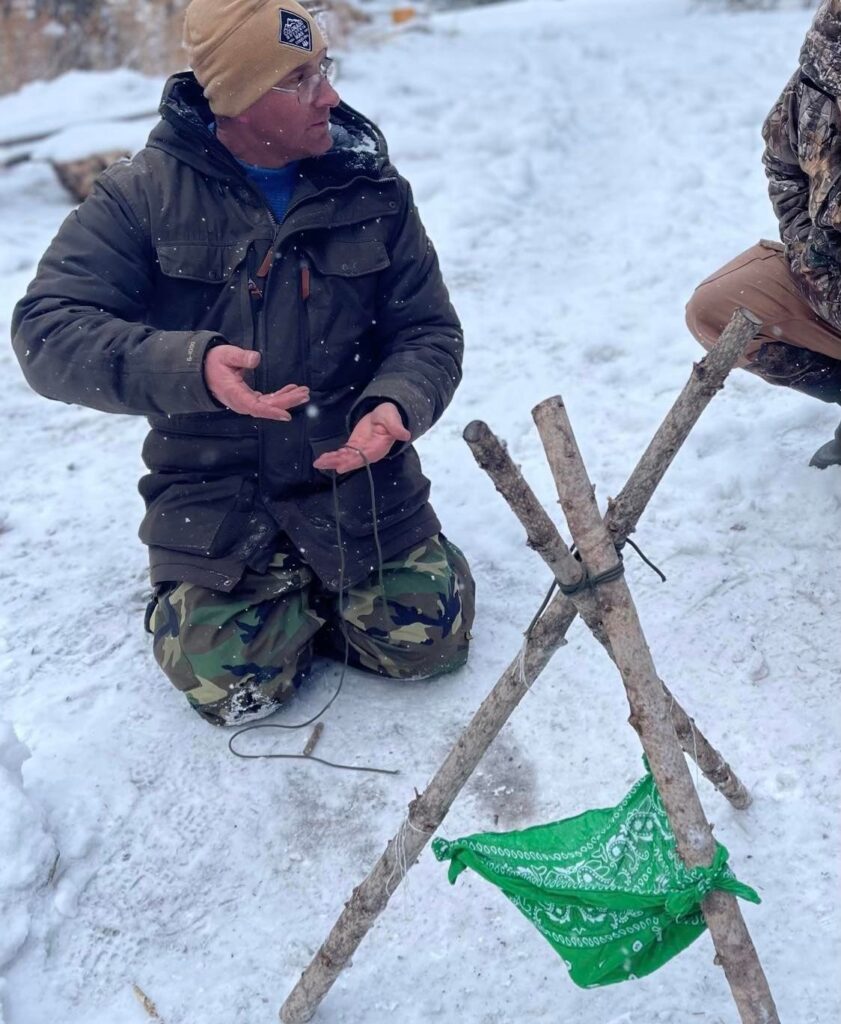
Snow is frozen water, so it should have the same hydration value as water right? Technically yes, but in practice, eating snow requires valuable energy to warm up enough for your body to digest it. You risk lowering your internal temperature which can lead to hypothermia and the conversion of calories to heat requires water. To get the water value out of snow, you should melt it before consuming. For that matter ice is better than snow because ice is mostly water. You will get more volume of water from melted ice than the same amount of snow, which is mostly air.
In short, eating snow uses water already in our body. So it can lead to dehydration, unless you eat enough of it to lower your core temperature. This leads to another host of problems. There are many smart ways to warm snow; personally I like to make a quick water machine. This technique is taught in our winter class. With it, my dogs and I have a constant water supply and I do not need to boil water one cup at a time.
FINDING FOOD IS A PRIORITY
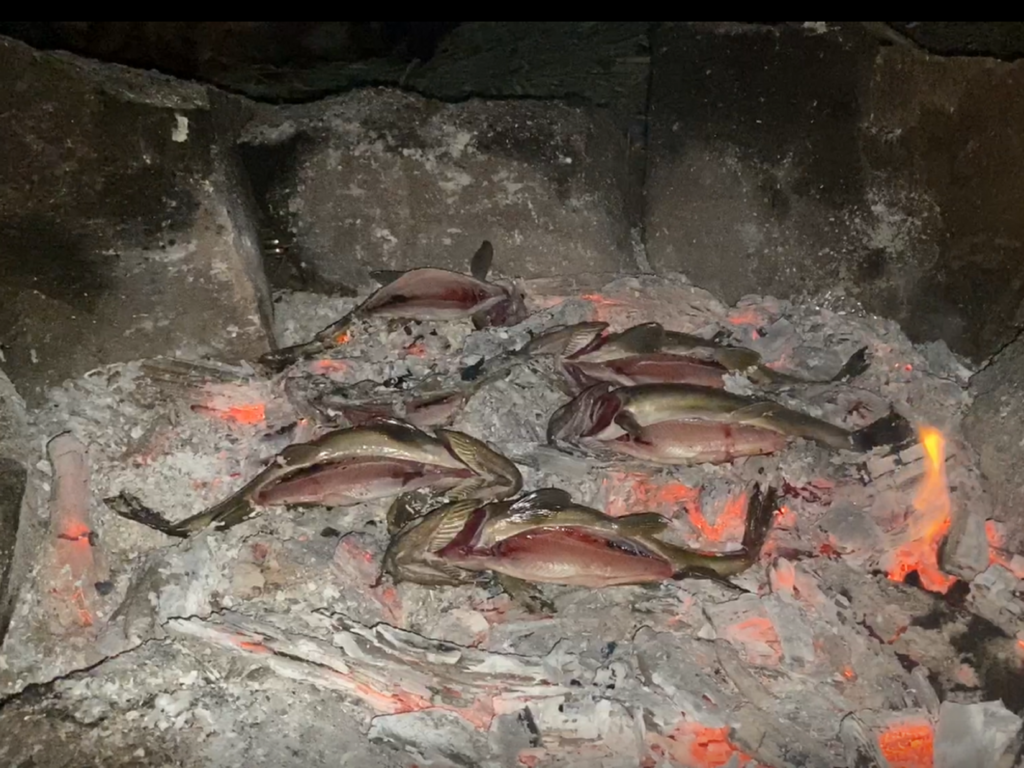
Most survival TV would lead us to believe that when lost in the woods we need to immediately find food. This is a great wow factor for selling a TV show and it is mostly about commercials and ratings. The ability to identify plants and the gumption to eat raw lizards is great as far as surviving sweeps week. It gets high ratings, but the truth of the matter is a healthy human can live for weeks without food. Also, digestion of food requires water, so absolutely do not eat until you have found a way to stay hydrated.
Can I just eat plants?
Plant identification is one of my passions and it is beyond valuable in long term survival or primitive living. However, in the short term food should be one of your lowest priorities unless you have a medical condition. Also, never risk eating something that can make you sick as this only compounds your problems. Our ancestors actually ate much better than they are often portrayed. My friend Creek Stewart and I are working on a short field manual showing first people cooking techniques and just how truly fulfilling survival eating could be once our other needs are taken care of. No indigenous people I have had the honor to live and train with, anywhere in the world, have ever eaten in the risky fashion often portrayed on drama based tv shows. (Please check back soon for a link to the book.)
SUCK OUT SNAKE BITE VENOM
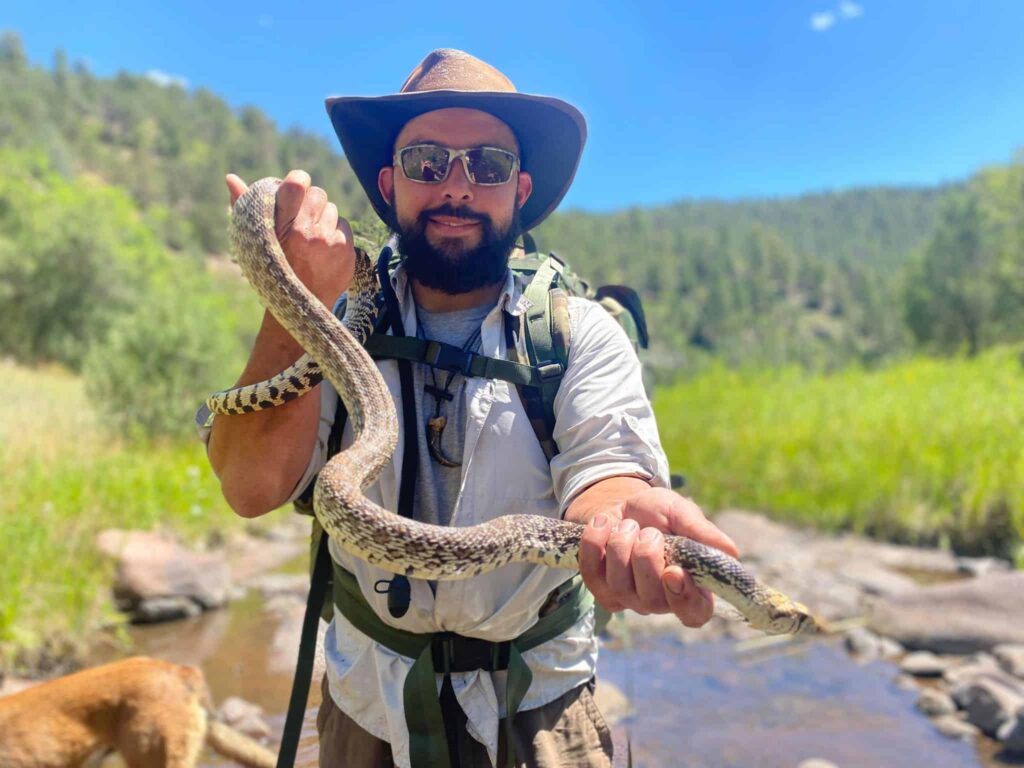
We see this in movies, TV shows, and even some old survival books. This myth is so wide spread we have to address it in both our most basic and our more advanced classes. We cover snake bites in more depth during our Wilderness First Responder class. The belief is that we can cut or suck the venom out of a snake bite victim. There is even a snakebite kit sold at popular retail stores that promote this type of intervention. The reality is that doing either, cutting or sucking, is likely to make the victim’s condition worse. Not only do you damage the tissue around the bite, but you also actually cause the venom to spread faster and you have likely added infection to your patient’s issues.
Snake venom
A venomous bite delivers the toxin straight into the bloodstream. No human can generate a strong enough vacuum to remove the venom fast enough before it starts spreading around the body. Plus now you have likely transferred venom to your mouth and/or mouth bacteria to the punctures. Another big myth in this category is to use a tourniquet on the bite. Do not do this! It will not stop the spread of the venom but it will promote damage to your limb as the concentrated venom will more rapidly destroy tissue. Do not wash out the wound, the leftover venom can be used to help identify the snake that bit you.
What should I do instead?
You are better off trying to remember the snake’s appearance; if you can safely take a picture all the better. This helps medical experts identify the snake to get you anti venom. Once you have moved to safety, your next big task is to calm down and place the wound below your heart. This will slow down the spread of the venom. If you can, lay down to lower your heart rate and send someone for help. If you are alone, then walk out at a leisurely pace and do your best to keep your heart rate low until you find help.
What about the dogs you used in the military getting bit by snakes? You ask…well my friend dog tips are for another blog, but yes we are thinking about adding my K9 experience to our roster of diverse classes. Two big myths for our four legged friends involve K9 CPR and snakes…..oops running out of space, catch you next time on that one.
MYTH 10 – ALL I NEED IS MY KNIFE
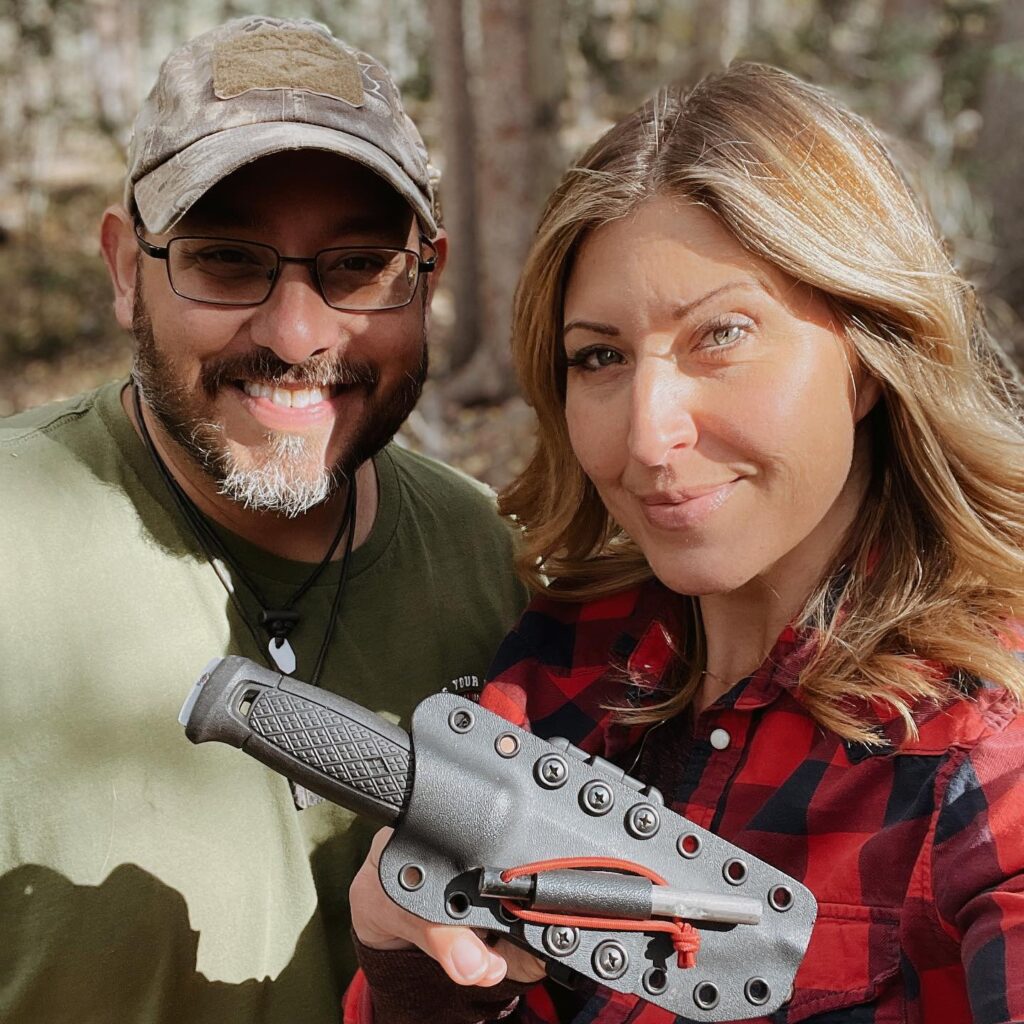
This is the most beautiful of the myths. Ladies and Gentlemen, I have had the honor of assisting in teaching survival instructors at some of the larger survival schools in America. I have taught United States Marines, Boy Scouts, and Search and Rescue teams. Between my coworkers and I we have trained with some of the largest names in the outdoor and survival communities. We call some of the best in the business friends, teachers, mentors, and students. I assure you that none of them would go out with only a knife if they could help it. A small kit and a little training plus a decent knife can drastically alter your experience adventuring in the woods. There is nothing wrong with training for the worst, but let us not forget that the backwoods and mountains are about fun, not fear.
Take a class or two, pack a small kit, and enjoy all that this amazing state has to offer. A knife is a wonderful tool, especially in bushcraft or long term primitive living, but in the short window that is a survival situation a knife is nowhere near your most important survival tool.
What gear should I have?
If my heroes were given the best knife on the market as their only gear, and I had a small simple kit of realistic things like a trash bag, canteen, whistle, etc., I would be willing to bet big money that a majority of the time I could more quickly affect a rescue and 100 percent of the time I could achieve fire, shelter, and water substantially quicker than they could.
Not because I am better or more skilled than they are, but because in the time it would take them to prepare a bow drill kit, let alone a burn bowl, I would have already taken care of the basics with 5 min fire, 5 min water boil, and 5 minute emergency action shelters. I am really good at bow drill, but in the time it would take me to collect and make a kit even the most basic of students should be able to get a ferro rod fire once trained.
Bushcraft
Now do not get me wrong, I love bushcraft and most of the classes I teach are heavily based in my expertise and passion, which is primitive skills, but we are talking short term survival here, and in the short term anything sharp cuts. You can have my knife but not my fire kit or canteen!
Proper training goes a long way. Nowadays it is easier than ever to learn these and other skills using technology, but take the time to double check what you are learning and remember, anyone with charisma can make a convincing social media post. Every time I would get a new survival manual grandpa would grab the fire extinguisher and lead me behind the cabin saying, “Assume everything is fiction until it is practiced and proven in your hands.” Any time you spend making sure a certain skill works for you will not only pay off in the long run, but it can be a heck of a lot of fun to perfect these skills. Enjoy your dirt time!
And remember, it does not matter if you are checking which side of the tree the moss is on or wrestling a black bear, there is no such thing as a small adventure! Keep on adventuring!
Hope to see you on the adventure trail sometime.
Hutch
Did you like these survival tips? Check out more tips and trick on our Wilderness Survival Tips page.
If you are looking for hands on training to learn more about wilderness survival and want to take months if not years off of your learning curve, I suggest you check out our 5 Day Outdoor Survival Basics 101 class!
#survivalskills #survivalgear #wildernessculture #outdooreducation #wildernesssurvival
Leave a Comment
What Nash Quinn’s Disappearance Teaches Us About Being Ready for the Backcountry
Nash Quinn vanished on a routine ride near Laramie. His story is a powerful reminder of why preparation, communication, and humility in the outdoors matter...
Recommended Gear List For Courses
Colorado is a cold weather climate most of the year and with our survival school at 9400 feet, it can get frigid at night, even…
Survival Training Near Me: Why the Best Might Be Worth the Trip
Discover why the best survival training might mean leaving the city. Explore The Survival University’s 4000+ acres and 20+ expert instructors!
Bugging In Guide Part 1: Drain Your Water Heater
Learn how to access hidden water in your home by safely draining your water heater during emergencies. A must-read for urban survival and bugging in.
Flint Knapping for Beginners: My Hilarious Failures & How to Do It Right
Flint knapping sounds easy—until you try it. Here’s my journey of frustration, flying shards, and why some people (but not me) make it look effortless.

